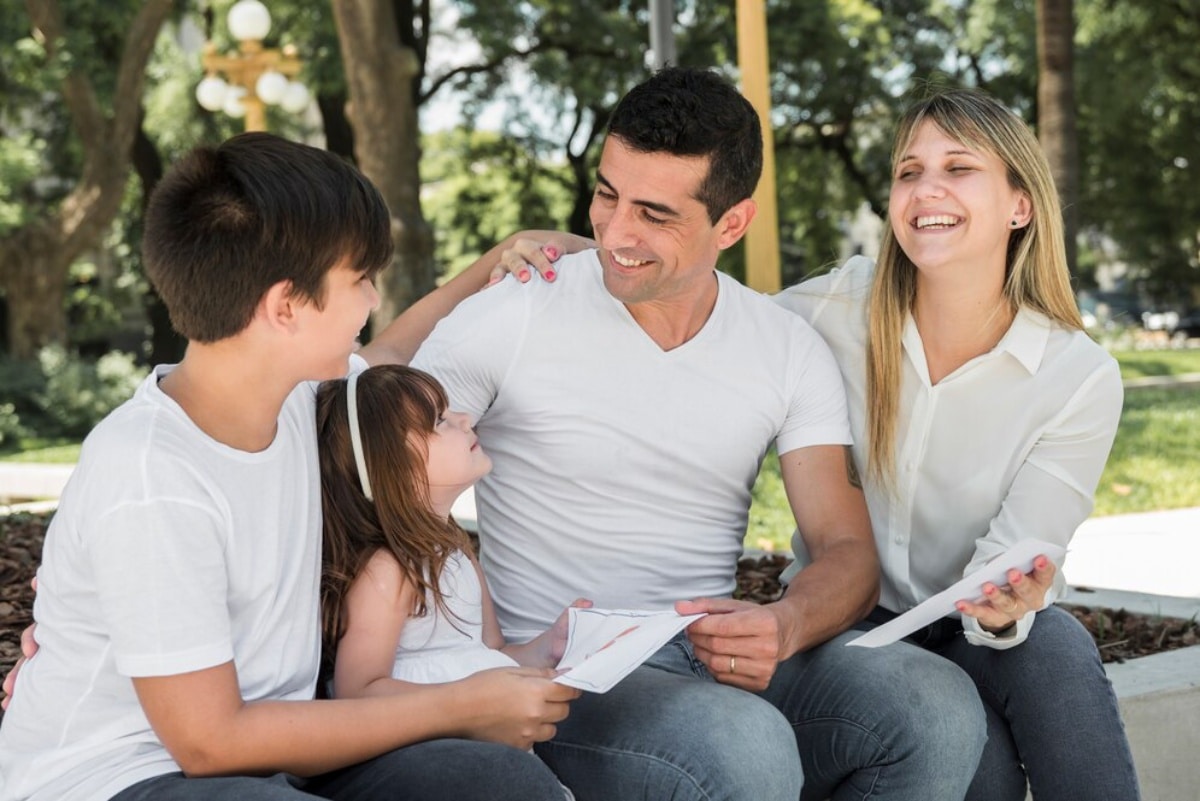
Essentialism for Families: Simplify Without Sacrifice
The Chaos of Modern Family Life
Picture this: You’re juggling work, school runs, meal planning, endless chores, social obligations, and perhaps even trying to squeeze in a moment of self-care. Modern family life often feels like a never-ending race. We collect toys, digital devices, subscriptions, clothes, and commitments, believing they enrich our lives. But what if they’re doing the opposite?
That’s where essentialism for families steps in. Unlike extreme minimalism, which might feel too restrictive, essentialism empowers families to simplify without sacrifice. It’s not about having less just for the sake of it—it’s about making room for more of what truly matters: connection, presence, and peace.
In this post, we’ll explore how to apply essentialist principles to everyday family life. From decluttering your home to rethinking your schedule, you’ll find practical tips, mindset shifts, and real-world examples that will help you create a home and lifestyle aligned with your family’s values.
What is Essentialism? (And How is it Different from Minimalism?)
Defining Essentialism
Essentialism is the disciplined pursuit of less—but better. Coined by author Greg McKeown, it encourages individuals to identify what is truly essential and eliminate everything else.
Minimalism vs. Essentialism
While both advocate simplicity, here’s how they differ:
- Minimalism focuses on reducing material possessions.
- Essentialism focuses on prioritising purpose and value in all areas of life.
Essentialism is less about counting items and more about cutting out distractions—whether they’re physical, mental, or emotional—to make space for intentional living.
Why Families Need Essentialism More Than Ever

Raising children in today’s world means navigating relentless demands. Here’s why embracing essentialism can be life-changing:
- Information overload: Parents are bombarded with contradictory parenting advice.
- Overscheduling: Families often feel pressured to participate in every sport, club, and event.
- Consumerism: The market constantly pushes products claiming to improve family life.
Essentialism helps you reclaim control, teaching children by example to live intentionally and focus on quality over quantity.
Step 1: Clarify Family Values
Define Your Family’s ‘Why’
Before simplifying anything, get clear on what your family stands for. Some questions to ask:
- What do we want more of in our daily lives?
- What memories do we want to create?
- What makes us feel connected, grounded, or joyful?
Examples of core values:
- Togetherness
- Health and well-being
- Curiosity and learning
- Gratitude
Writing down these values will guide every decision, from what goes on your calendar to what stays in your wardrobe.
Step 2: Declutter with Purpose
Physical Space: Simplify the Home

Start by tackling clutter room by room, with each family member involved:
- Toys: Keep what sparks creativity and imagination. Donate or rotate the rest.
- Clothes: Stick to seasonal essentials and outfits your kids actually wear.
- Kitchen: Ditch duplicates and niche gadgets.
- Digital clutter: Unsubscribe from emails and reduce screen time.
Make it fun—host a “Declutter Day” with music, snacks, and a prize for the best before and after!
Emotional Clutter: Let Go of Guilt
Parents often hold onto things “just in case” or because of guilt. Practice letting go by asking:
- Does this serve our values?
- Are we keeping it out of obligation?
Step 3: Design an Intentional Family Schedule
The Myth of “Doing It All”
A full calendar isn’t a badge of honour—it’s a recipe for burnout. Essentialism teaches us to say no to good opportunities so we can say yes to great ones.
Prioritise What Matters

Use your family values to:
- Limit activities: Choose one extracurricular per child per season.
- Schedule downtime: Make room for unstructured play and rest.
- Protect family rituals: Dinner together, bedtime stories, Sunday walks.
Time-block your calendar to avoid overlap and over-commitment.
Step 4: Create Systems, Not Just Rules
Essentialism thrives on systems that support simplicity:
- Morning routines: Prep lunches and clothes the night before.
- Chore charts: Age-appropriate tasks build responsibility.
- Meal planning: Rotate family-favourite meals to reduce decision fatigue.
Technology Boundaries
Set digital boundaries that support presence:
- Screen-free dinners
- Device-free bedrooms
- Shared family calendar apps for coordination
Step 5: Model and Teach Essentialist Thinking
Children learn through observation. Show them how to:
- Make decisions based on what matters
- Say no politely but firmly
- Embrace boredom as a space for creativity
Encourage reflection:
- “What was the best part of your day?”
- “What could we skip next week that wouldn’t be missed?”
Real-Life Stories: Families Living Essentialism
The Johnsons: Prioritising Nature Over Stuff
After selling their four-bedroom home, the Johnson family moved into a smaller house near a nature reserve. They reduced their possessions by half and now spend weekends hiking together instead of shopping. “Our kids are happier, and so are we,” says mum Sarah.
The Kapoors: Choosing Less But Better
With both parents working full-time, the Kapoors cut down their kids’ extracurriculars from five to two. “Our evenings are calmer, and we actually talk now,” says dad Anil. “It was scary to say no at first, but we’ve never looked back.”
Common Challenges (And How to Overcome Them)
“My partner isn’t on board.”
- Start with small changes.
- Share your vision without judgment.
- Lead by example—results speak louder than words.
“My kids resist letting go of toys.”
- Involve them in the process.
- Use a donation box where they choose what to give.
- Emphasise generosity and making space for new adventures.
“I feel guilty saying no to opportunities.”
- Remind yourself that every ‘yes’ is a ‘no’ to something else.
- Frame decisions around your family’s long-term well-being.
The Benefits of Essentialism for Families
Adopting essentialism leads to the following:
- Stronger relationships through presence and shared values
- Reduced stress thanks to less clutter and fewer commitments
- Improved well-being by protecting rest, play, and quality time
- Financial clarity from conscious spending
These aren’t just perks—they’re building blocks for a resilient, connected family.
Conclusion: Start Small, Stay True
Essentialism for families isn’t a one-time cleanout or a Pinterest-perfect aesthetic. It’s a mindset—a way of living that values what’s truly important and lets go of the rest.
Start with one area: a drawer, a weekly activity, or a dinner routine. Use your family values as a compass. Talk about the changes together. Celebrate progress.
In simplifying, you’re not sacrificing—you’re choosing abundance in the form of time, presence, and peace. And in doing so, you’re giving your children one of the greatest gifts: the ability to live intentionally in a world that often pushes the opposite.
Ready to simplify without sacrifice? Begin with one small change today and see how essentialism can transform your family’s life—one decision at a time.
Have you tried essentialism with your family? Share your journey in the comments! Subscribe to our newsletter for more mindful parenting tips and family-focused lifestyle inspiration.


